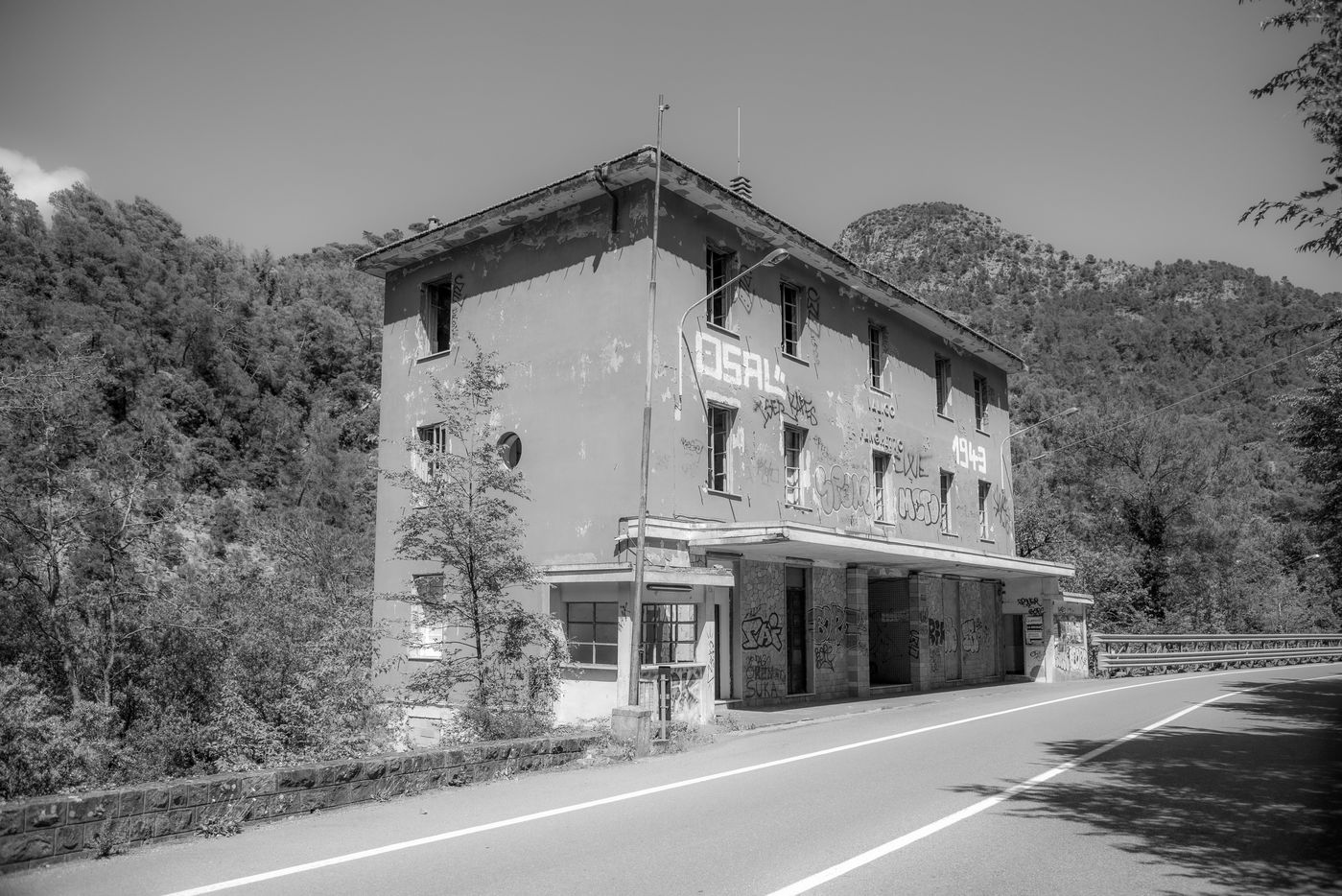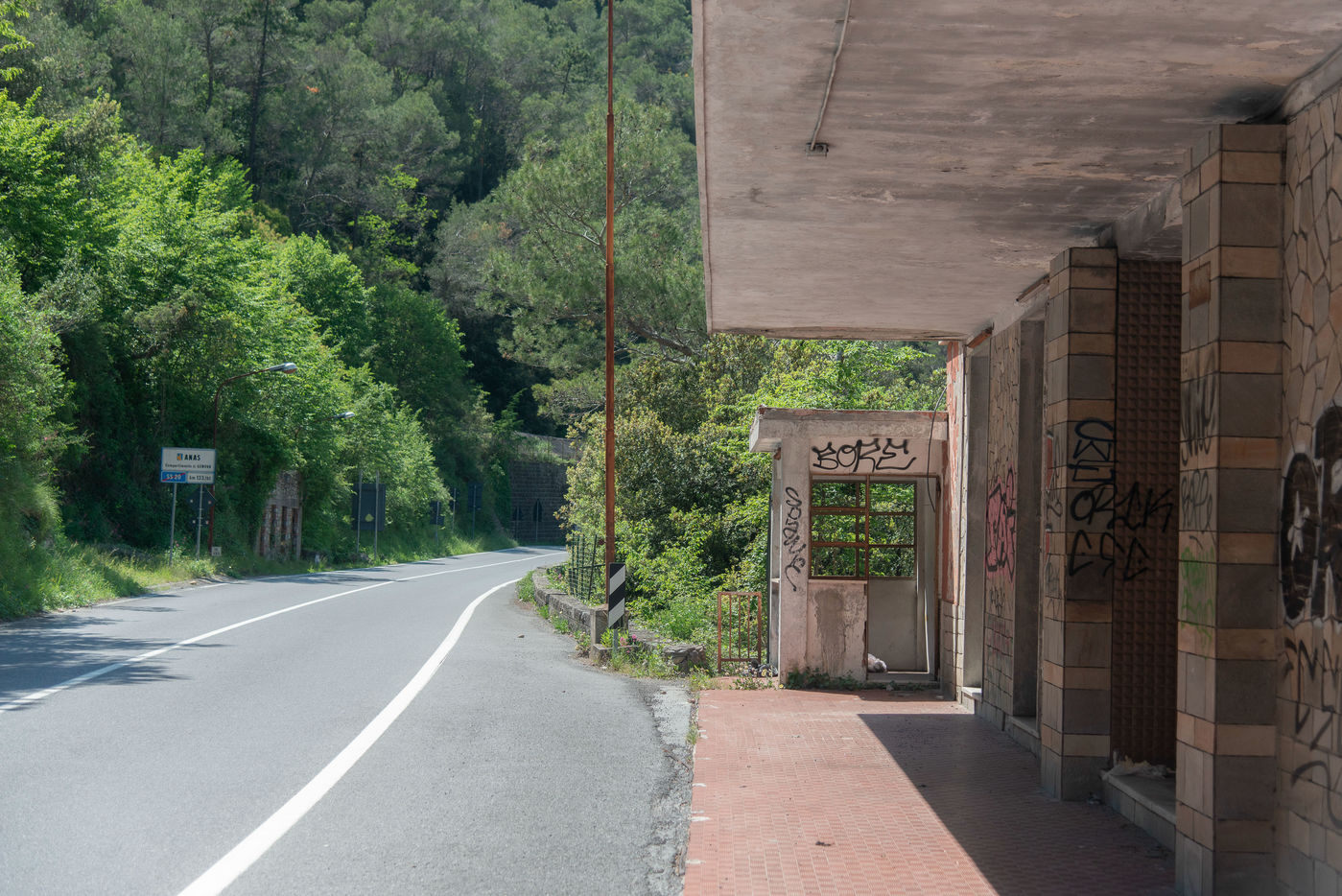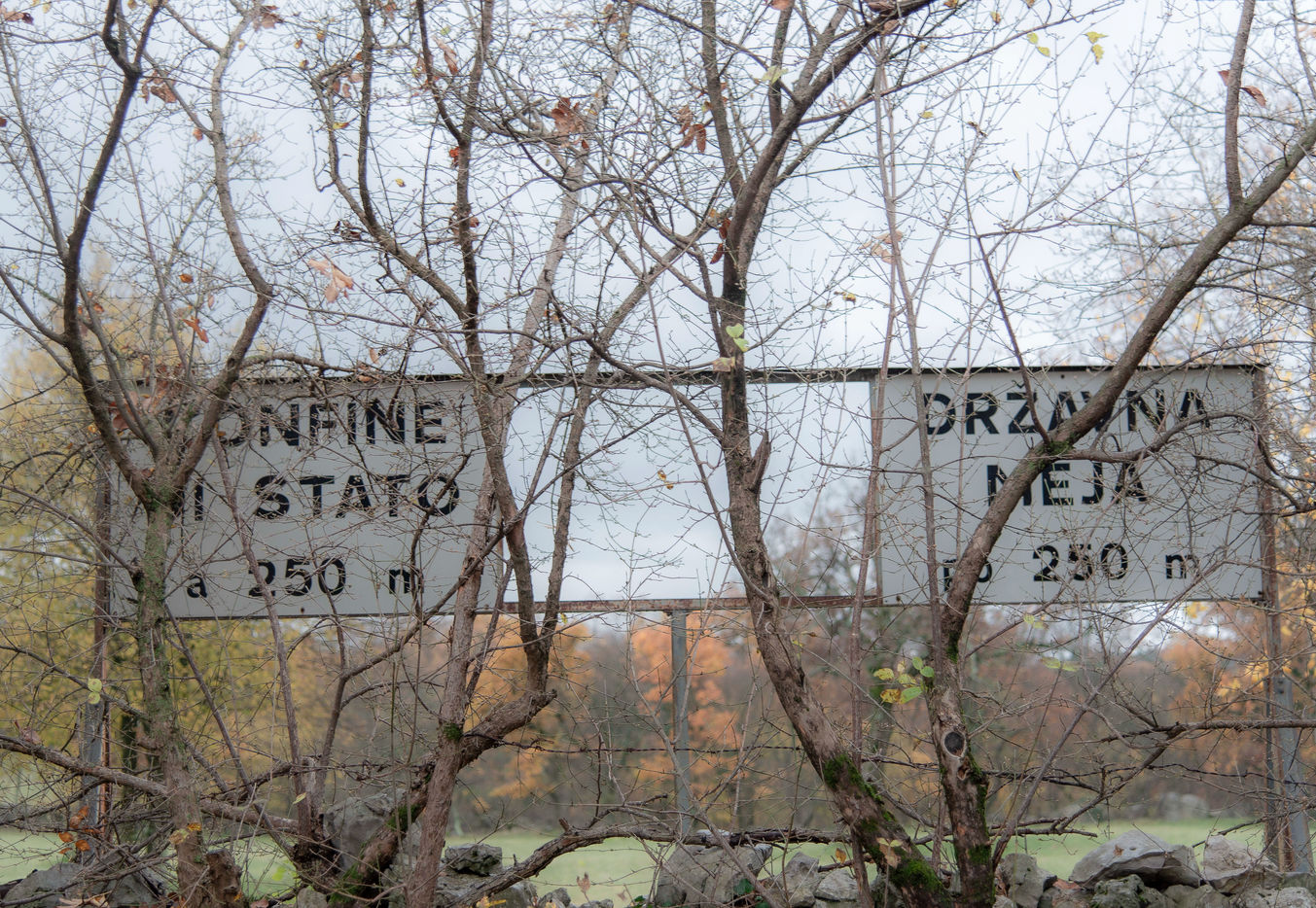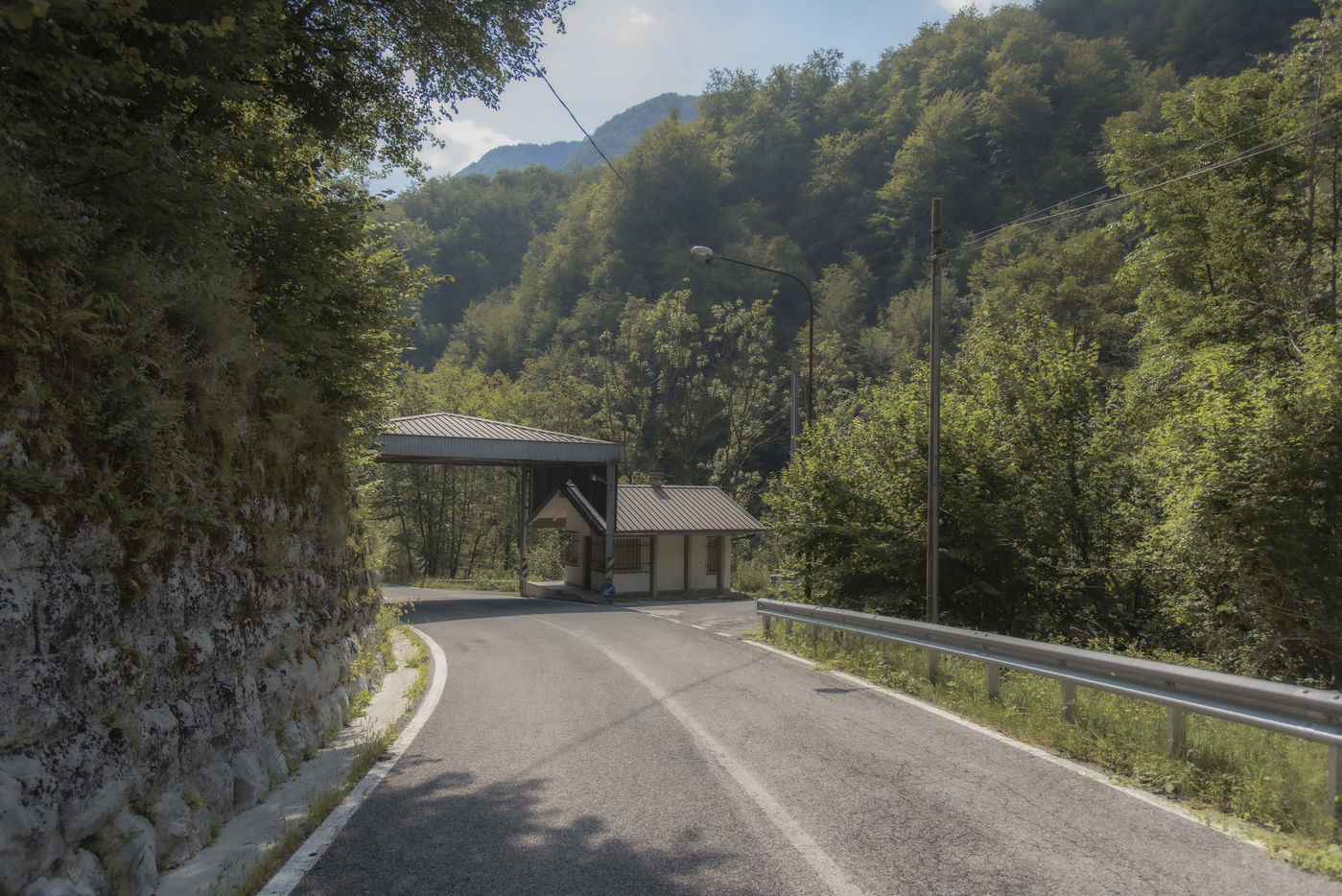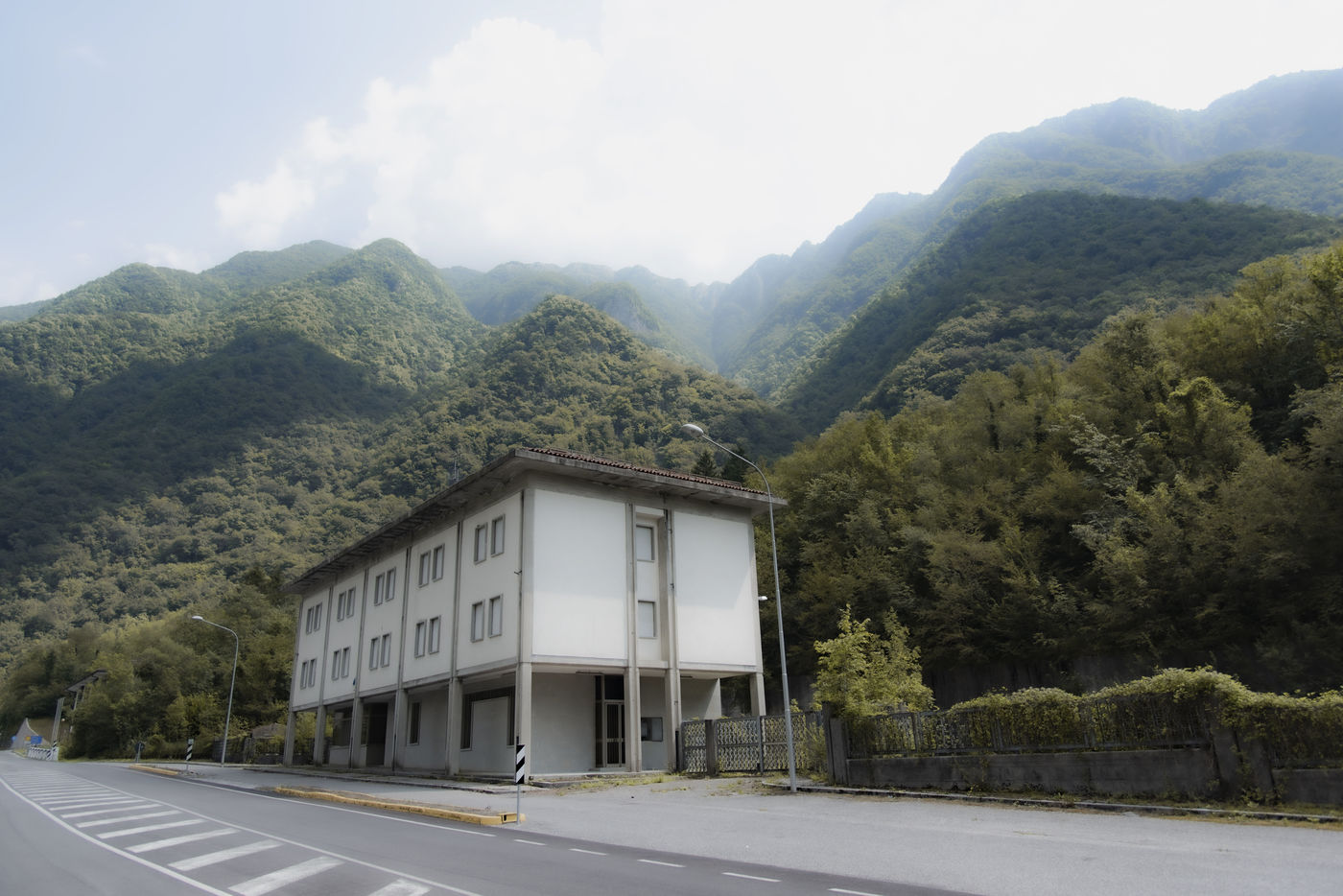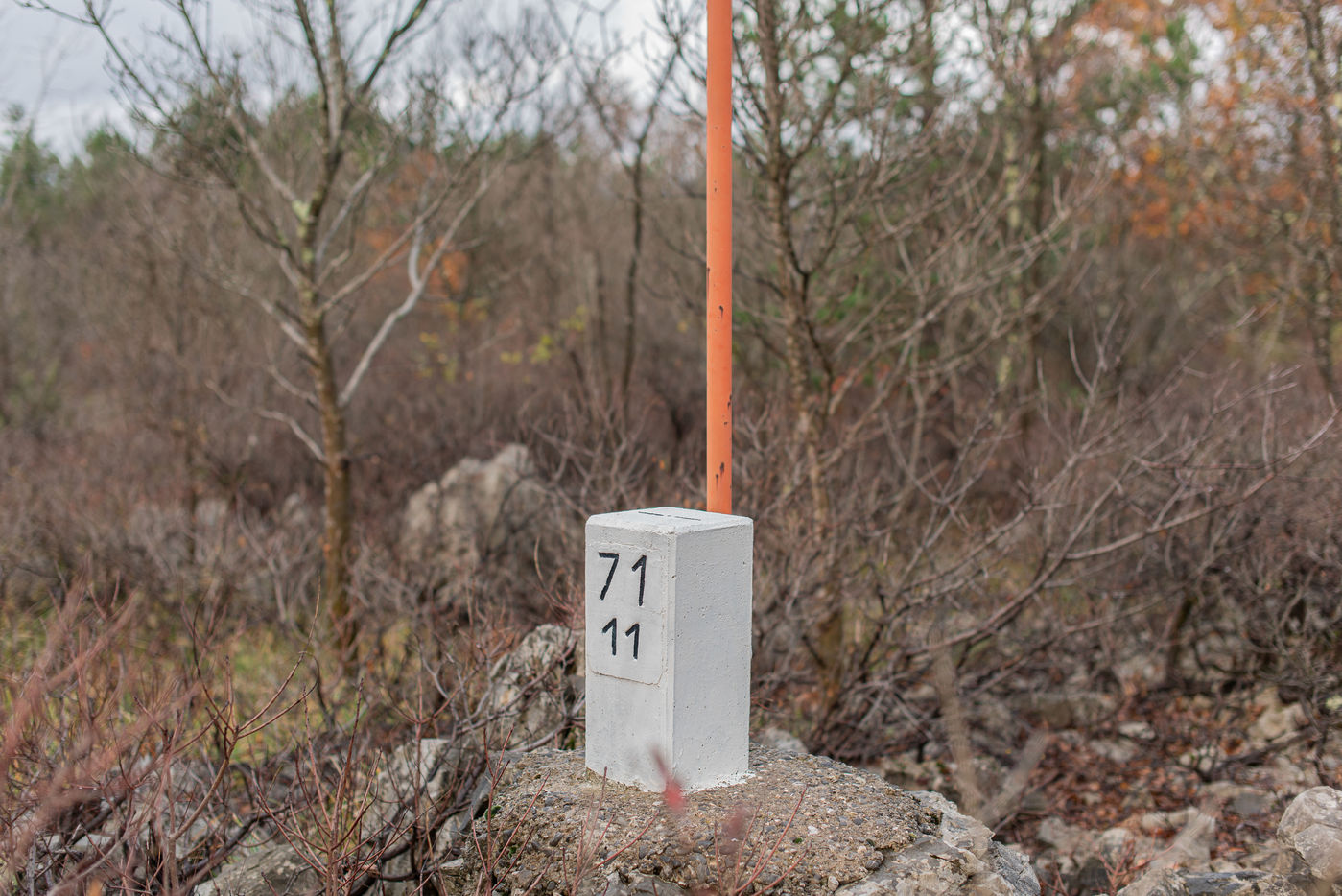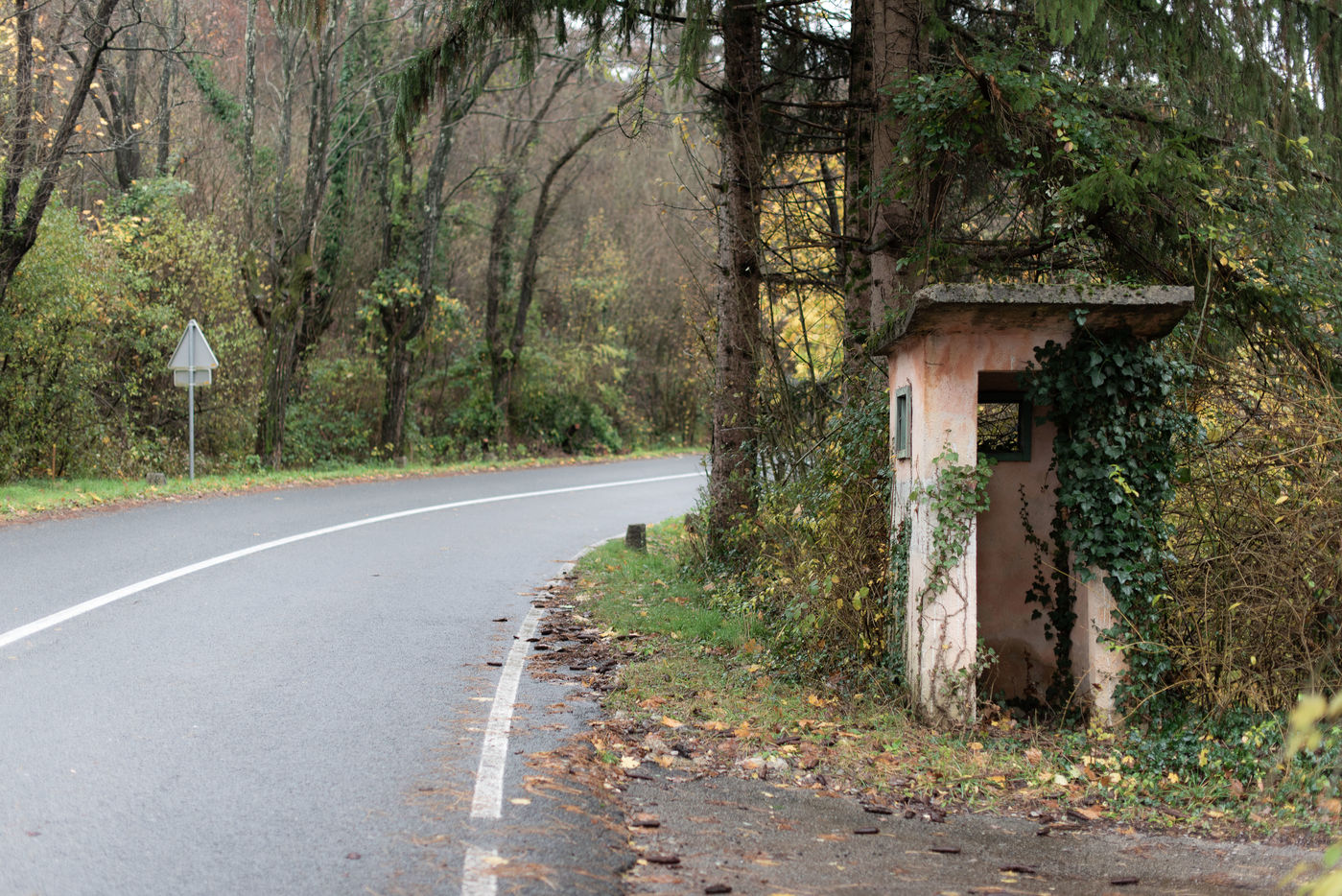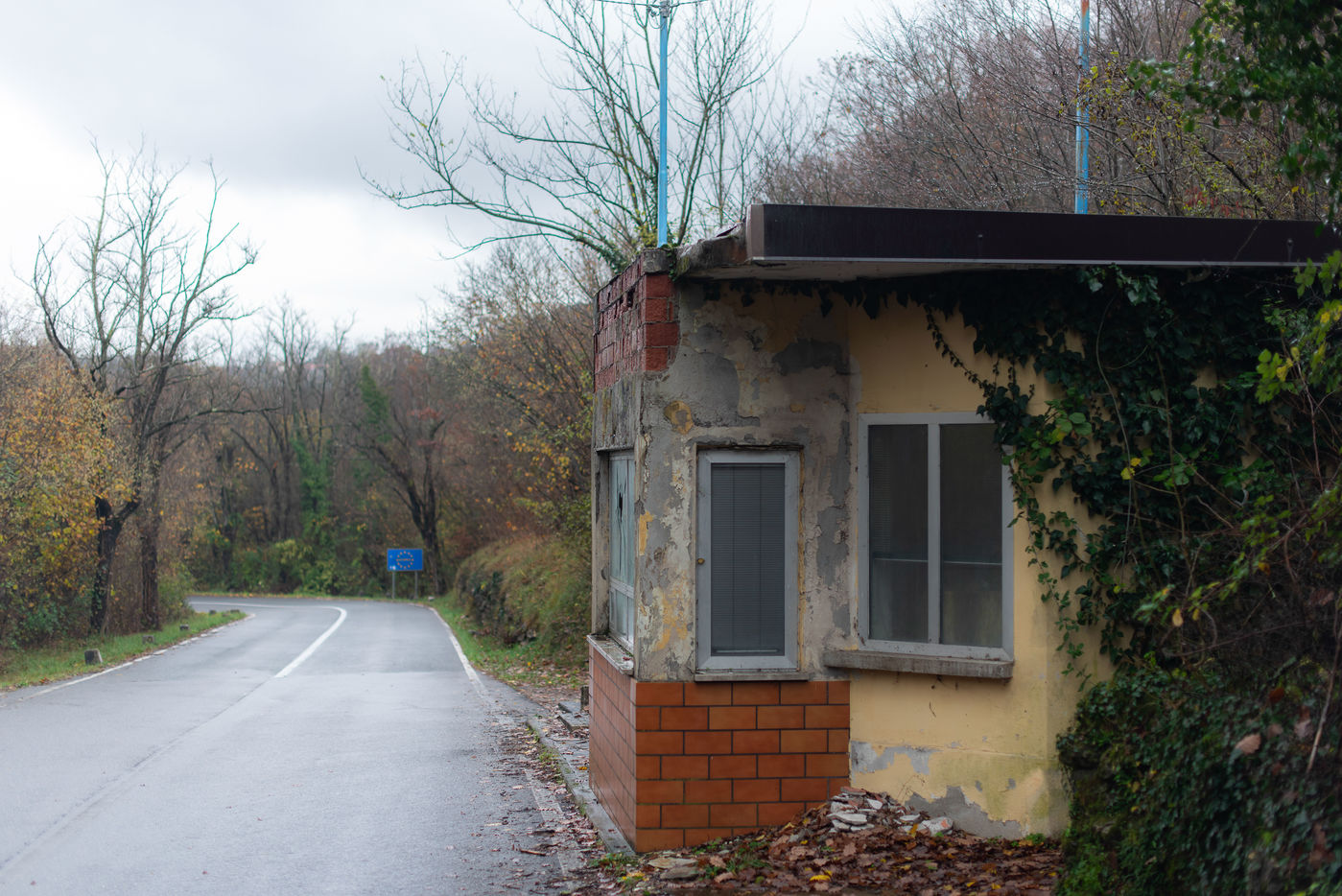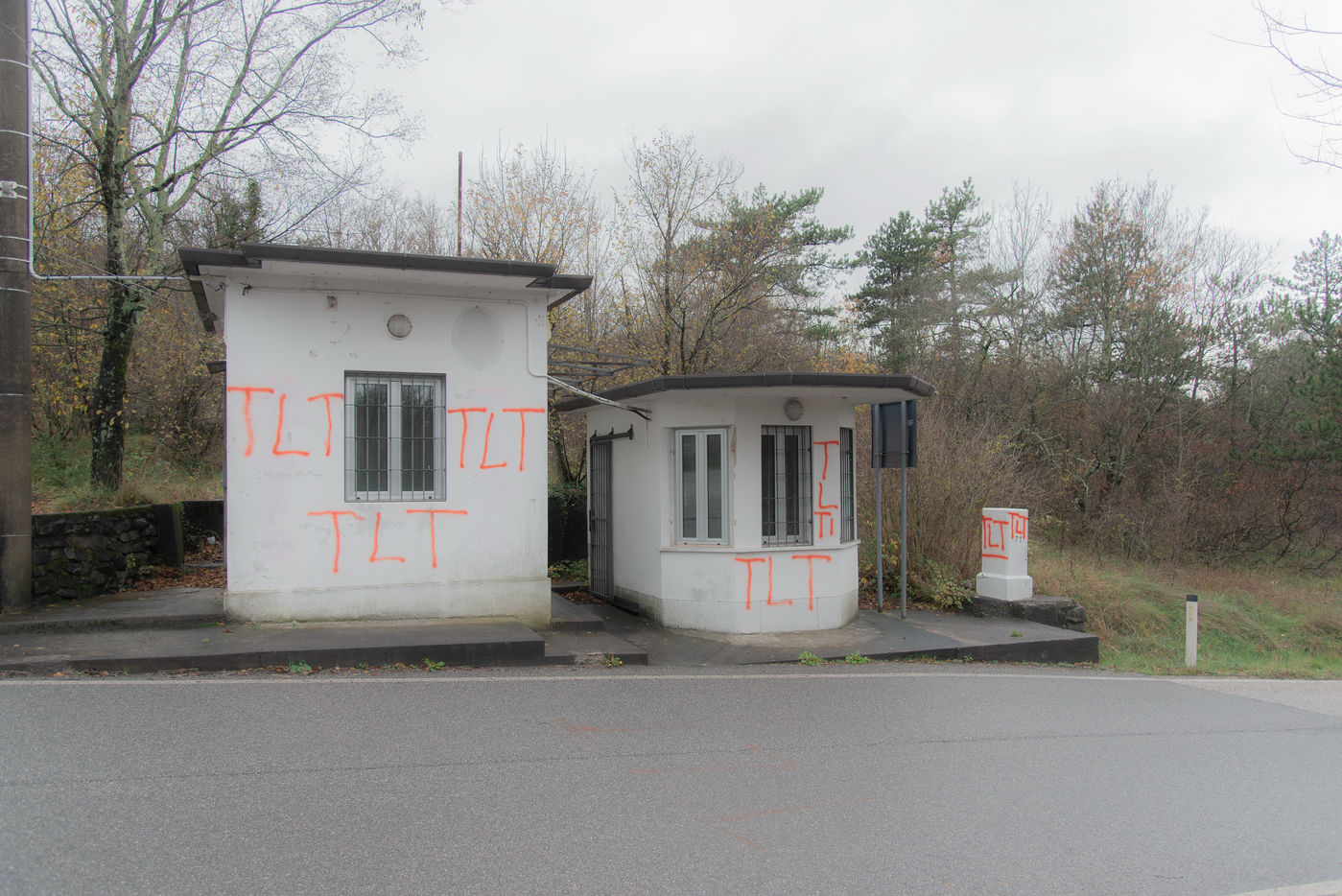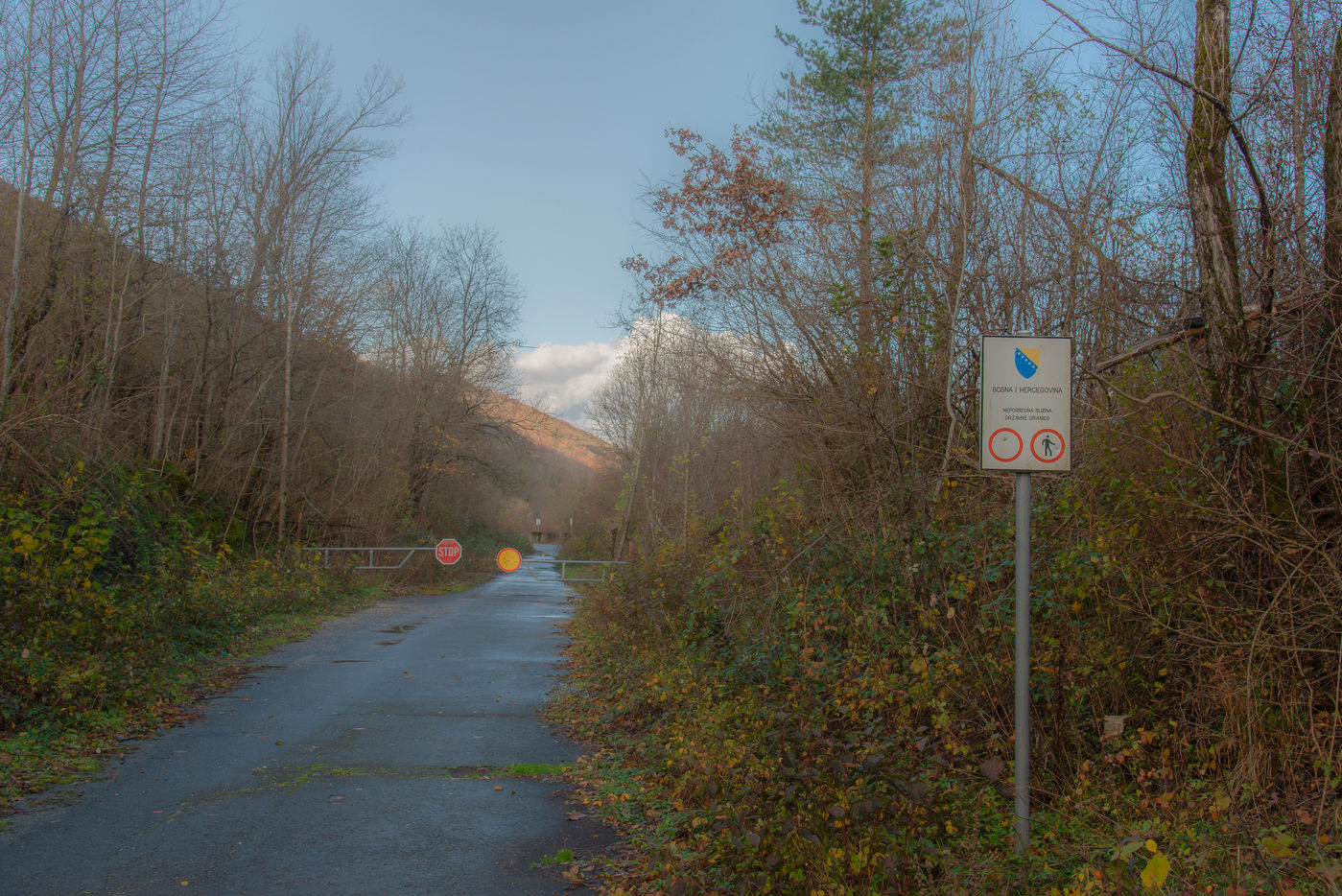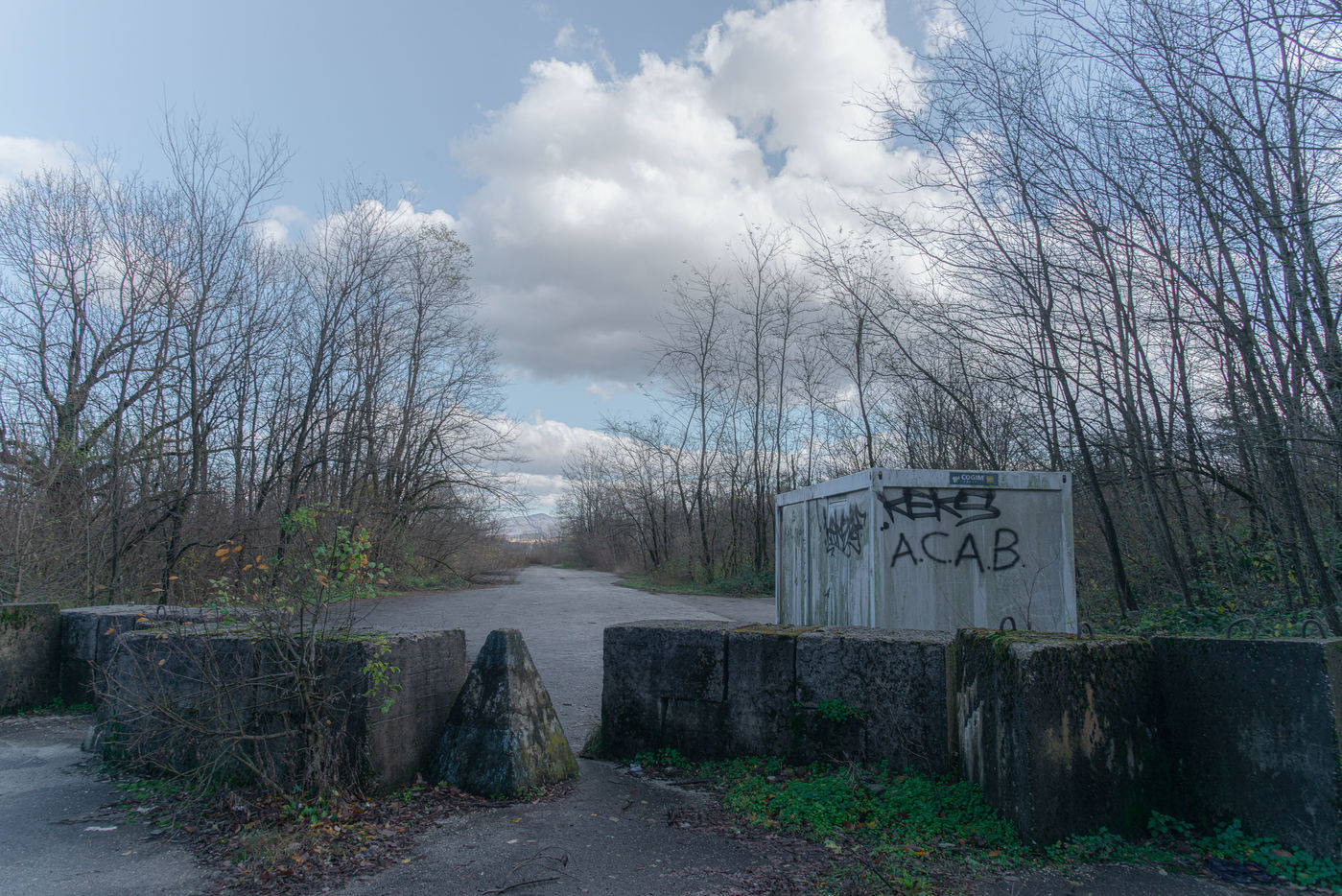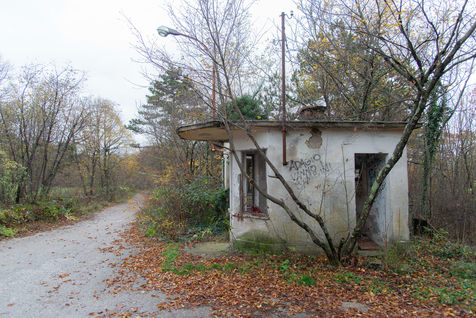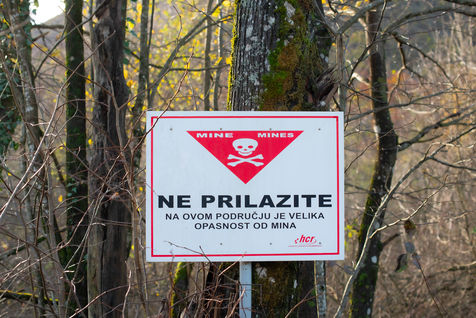Borders, les postes-frontières abandonnés de la France à la Bosnie
Les citoyen·nes européen·nes se sont habitué·es à franchir les frontières avec facilité. Il y a peu, nous faisions pourtant encore des queues interminables pour passer les postes-frontières terrestres qui séparaient les États. Beaucoup d'entre nous, les jeunes en particulier, ne savent pas ou plus quelles formes prenait ce maillage ni de quels accords internationaux ils résultent. Pourtant, qu'elles soient high-tech, virtuelles ou quasi militarisées, les frontières cessent d'être une idée ou un symbole dès lors que l'individu se trouve face à la manifestation physique des passages de «ici» à «ailleurs». Or, c'est dans cet «ici» et cet «ailleurs» que se nichent les contradictions les plus flagrantes sur l'efficience des frontières.
N'oublions pas que la permanence des États et des nations relève bien plus de la conviction, voire de la foi (l'une des manifestations du patriotisme) que de réalités tangibles. Cela apparaît précisément lorsque l'on arpente les frontières des États disparus depuis peu, comme par exemple depuis l'effondrement de l'ex-Yougoslavie. Autrefois point de rencontre et de tensions entre le monde occidental et le système communiste. Cette portion de territoire révèle la fragilité des passages. Ces tensions ont modelé les territoires, modifié les habitudes, imposé des modes de vie durant plusieurs décennies puis, un jour, cette rigidité physique et administrative a disparu. Ne restent alors que les vestiges décharnés d'un ordre ancien qui laisse place au monde nouveau, qui lui aussi sera tôt au tard balayé par l'histoire.
D'autre part, et ce n'est pas là la moindre des contradictions, les marqueurs physiques des frontières donnent à voir à quel point celles-ci confinent à l'absurde. En effet, dès que vous délaissez les grands axes routiers ou les hubs aériens, le passage de «chez nous» à «chez eux» est signifié par de simples panneaux ou bornes douanières dans des forêts ou campagnes peu fréquentées. «Ici» et «ailleurs» se confondent alors, jusqu'à rendre illisibles les différences qui nous séparent.
Borders, the abandoned border crossings from France to Bosnia
European citizens have become accustomed to crossing borders with ease. Not so long ago, however, we still had to wait in endless queues to cross the land border crossings between states. Many of us, young people in particular, no longer know what form this network took or what international agreements it resulted in. Yet, whether high-tech, virtual or quasi-militarised, borders cease to be an idea or a symbol as soon as the individual is faced with the physical manifestation of crossings from "here" to "elsewhere". It is in this "here" and "elsewhere" that the most glaring contradictions about the efficiency of borders are nested.
Let us not forget that the permanence of states and nations is much more a matter of conviction or even faith (one of the manifestations of patriotism) than of tangible realities. This becomes apparent precisely when one surveys the borders of states that have recently disappeared, for example since the collapse of the former Yugoslavia. Formerly a meeting point and a point of tension between the Western world and the communist system. This part of the territory reveals the fragility of the passages. These tensions shaped the territories, changed habits, imposed lifestyles for several decades, and then, one day, this physical and administrative rigidity disappeared. Only the emaciated vestiges of an old order remain, giving way to a new world, which will sooner or later be swept away by history.
On the other hand, and this is not the least of the contradictions, the physical markers of the borders show to what extent they border on the absurd. Indeed, as soon as you leave the main roads or air hubs, the passage from "home" to "home" is signified by simple signs or customs posts in little-used forests or countryside. "Here" and "elsewhere" then merge, to the point of making the differences between us illegible.
